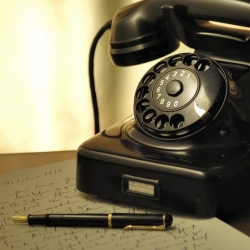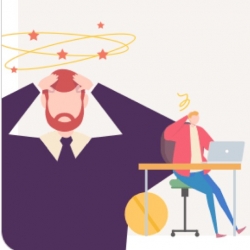April 1, 2020
Humanscale offers new service of online ergonomic consultations
 Humanscale, the designer and manufacturer of high performance ergonomic products, has built its business by focusing on the health and wellbeing of workers around the world. In these unprecedented times, where employers and employees are unexpectedly working from home full time, Humanscale’s team of board certified ergonomists is offering a new digital service that provides online ergonomic consultations, to ensure a healthy and comfortable home arrangement. ErgoIQ LIVE is a first-of-its-kind online ergonomic consultation tool that provides online, on-demand access to Humanscale’s skilled network of certified ergonomists. (more…)
Humanscale, the designer and manufacturer of high performance ergonomic products, has built its business by focusing on the health and wellbeing of workers around the world. In these unprecedented times, where employers and employees are unexpectedly working from home full time, Humanscale’s team of board certified ergonomists is offering a new digital service that provides online ergonomic consultations, to ensure a healthy and comfortable home arrangement. ErgoIQ LIVE is a first-of-its-kind online ergonomic consultation tool that provides online, on-demand access to Humanscale’s skilled network of certified ergonomists. (more…)






